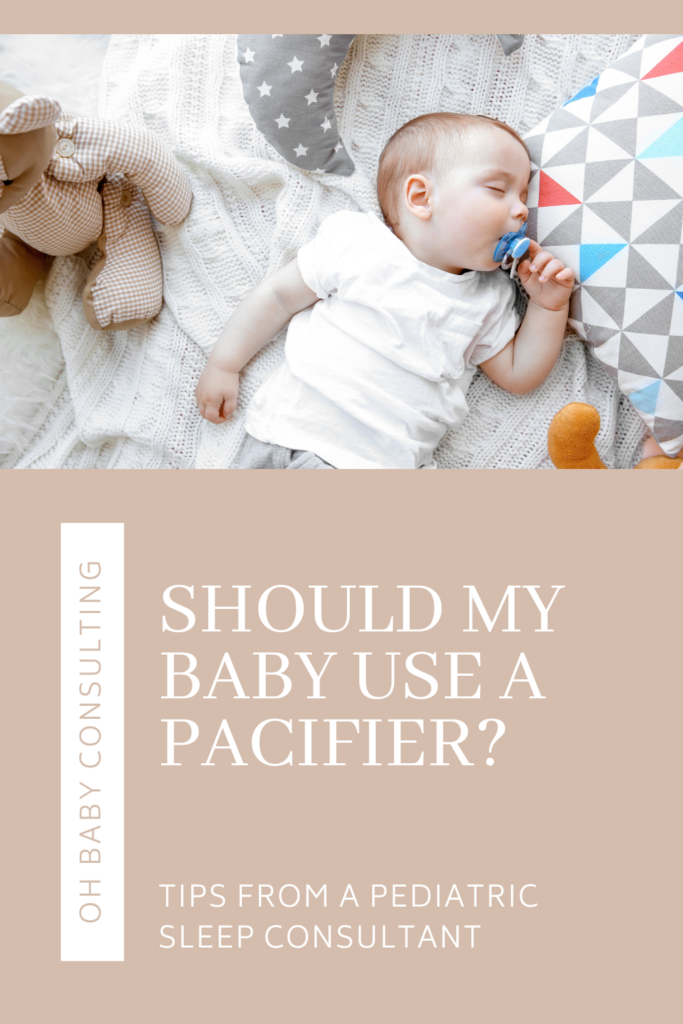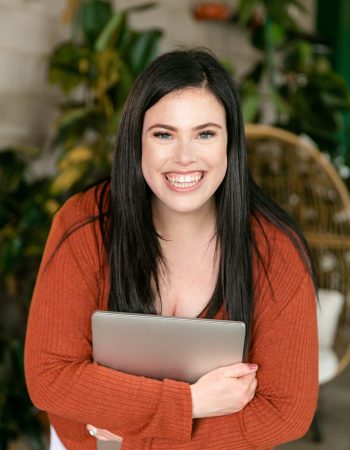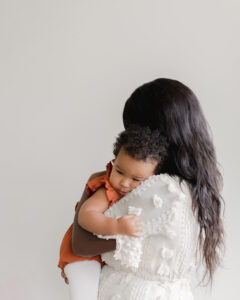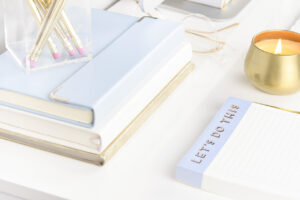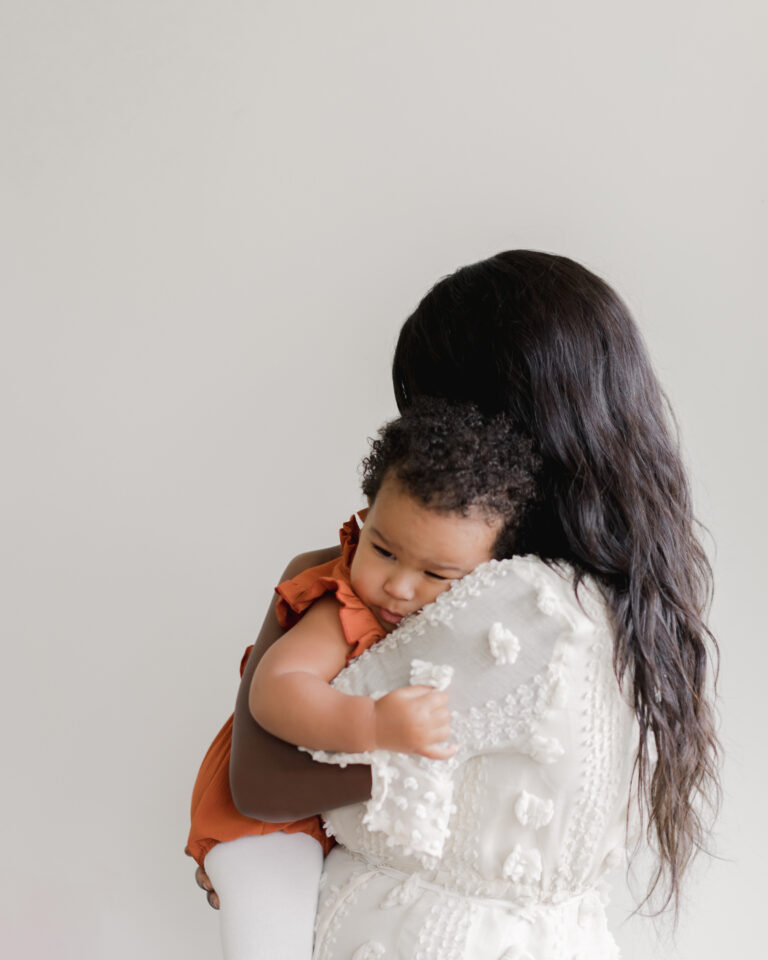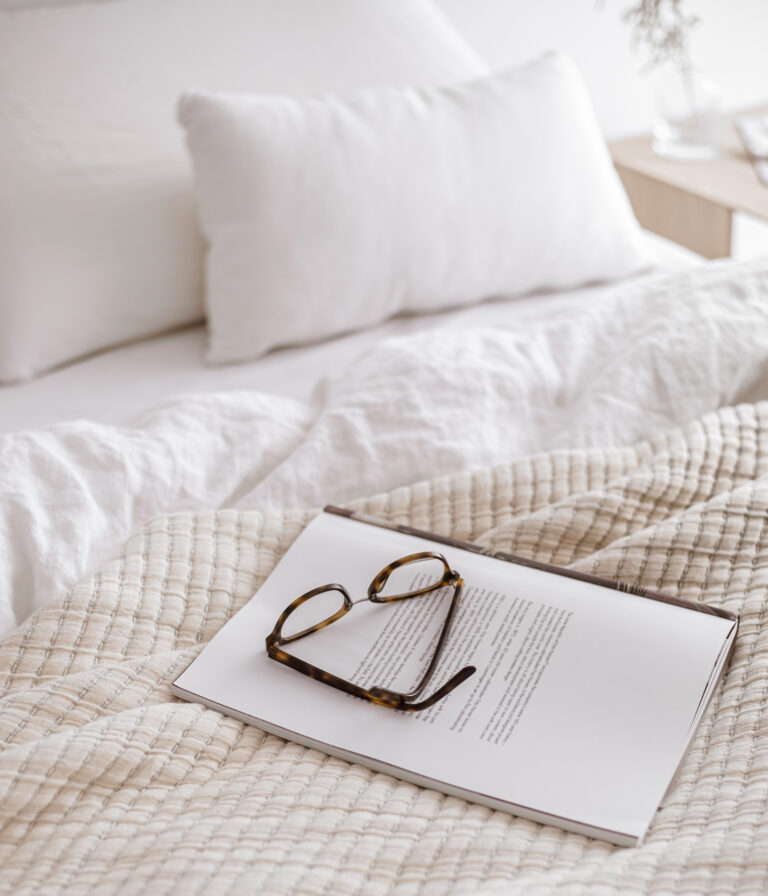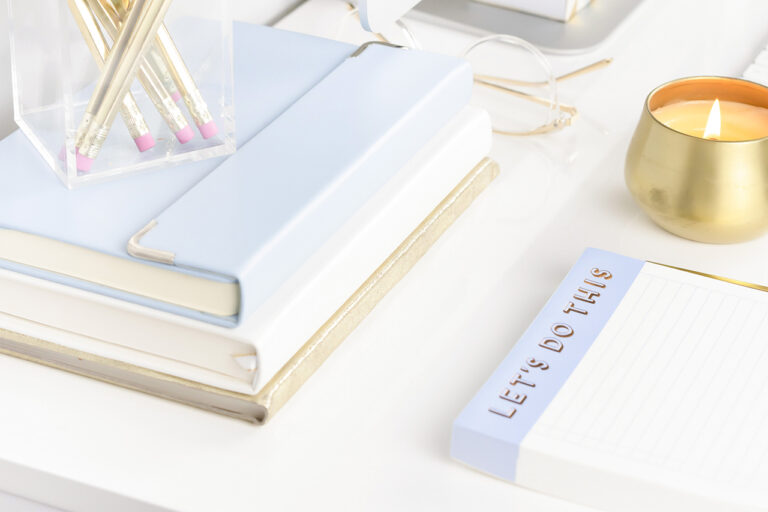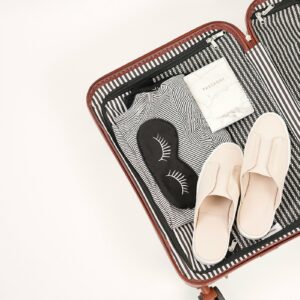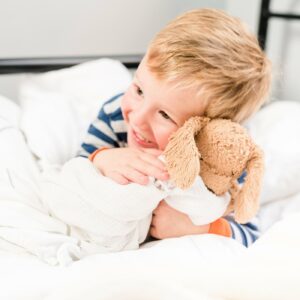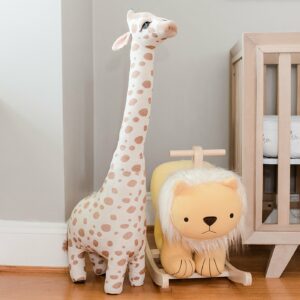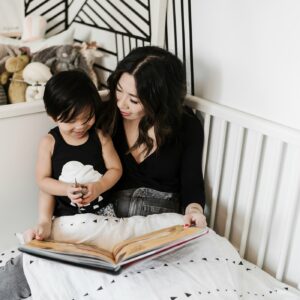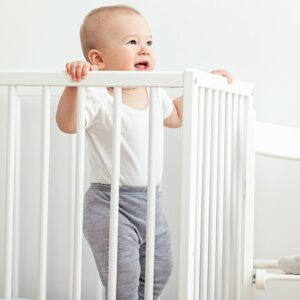I get asked my opinion on pacifiers a lot. Am I a fan? Are they a sleep prop? When should I introduce one? When should I wean them?
Truthfully, pacifiers are not good or bad. They can be very helpful in some circumstances and very disruptive in others.
If you have a child who is happily using a pacifier and sleeps great – we love that! This blog post isn’t for you. If you are wondering whether to use a pacifier or your child’s sleep seems to be disturbed by a pacifier, here’s my take on them!
Why I love a pacifier
Yes – I do believe that there is a time & place for pacifiers!
Pacifiers are a protective factor for safe sleep
The American Academy of Pediatrics (AAP) recommends pacifier use for the first 6 months of your baby’s life. While the exact mechanism is unclear, studies have shown a protective effect on the incidence of SIDS. Surprisingly (and a little confusingly) this protective effect remains even if the pacifier falls out of your child’s mouth. In fact, the AAP says that if you insert the pacifier when your child is falling asleep, it does not need to be reinserted if it falls out.
It is very important to note that pacifiers are only protective factors. That means that not using a pacifier is not putting your child at any increased risk of a SIDS event. In contrast, putting your baby on their tummy to sleep or putting them in a crib adorned with blankets, bumpers, and pillows is going to put them at that increased risk – it’s like running a red light. Just don’t do it!
If your child does not take a pacifier, the AAP says that you should not force the issue.
Pacifiers can be calming to newborns
Babies are born with a very strong sucking reflex and the non-nutritive sucking that they get from a pacifier is very calming. Newborns have very limited self-soothing skills, so a pacifier can help as their soothing skills mature.
Why I don’t love a pacifier
As your newborn matures and their sleep cycles reorganize (usually around 4 months), the pacifier can go from a helpful tool to a disruptive problem very quickly. While some babies can sleep just fine with a pacifier, this is usually the time when I have many parents reaching out to me looking for a solution to replacing their child’s paci all. night. long.
Pacifiers can fragment sleep
We all sleep in cycles that are comprised of stages ranging from light sleep to deep sleep. In between cycles we have a brief wake-up and scan our environment to make sure it is the same as it was when we fell asleep at bedtime. If it’s not, this can cause a full-blown wake up in order to “fix” the situation.
Babies are extra sensitive to changes in their sleep environment. So, if your child had a pacifier in their mouth when they drifted off to sleep, they are more likely to recognize that it is no longer in their mouth when they are between sleep cycles. This anomaly causes them to wake up fully, and once awake, it’s anyone’s guess at how long it will take them & what they will need to get back to sleep.
Even if they do not need you to replace the pacifier for them, pacifiers can still interrupt your child’s sleep cycle when they have to wake up, find it, and put it back in their mouth. This can lead to increased daytime fatigue and all the physical, emotional, and behavioral issues that come with it!
It is hard for your baby to control
Babies under 8-9 months really struggle with replacing their own pacifier even if it’s right next to them. Additionally, pacifiers can get lost or knocked out of the crib and even older babies can wake up fully in search of them.
So what about the “paci-sprinkle” where you put a dozen pacifiers in your child’s crib so they always have easy access to one? I’m still not a fan. Think of it this way: what if your pillow kept falling off of your bed all night long? Even if you had 100 pillows all around you, you’d still have to wake up, realize you’re sans pillow, locate a pillow, replace the pillow, and get back to sleep. Even if this is done relatively unconsciously, there is a higher likelihood of it being disruptive than if things stayed consistent all night long.
Ditching the pacifier
When
There is really no best age to get rid of the pacifier, because every family has different priorities and operates a little differently. However, I do see some trends that can be helpful to take note of:
- Babies under 12 months usually adjust to sleeping without a pacifier much more quickly than older babies/toddlers do.
- The American Academy of Pediatric Dentistry recommends removing the pacifier by age 3 to avoid orthodontic complications.
- Removing the pacifier in combination with sleep training (regardless of age) is ideal.
How
While there are certainly more gradual ways of giving up the pacifier – like limiting the pacifier use to only sleep times or even just at night – I find that it’s most effective to give them up cold turkey.
Of course, removing a sleep strategy that your child has grown attached to is likely to result in some protest, so it is very important that you have a plan for handling the first few nights without a pacifier.
Inside Oh Baby Sleep Course, you’ll find a step-by-step plan for ditching the pacifier for good. For a personalized pacifier-weaning plan, please reach out to discuss one-on-one sleep coaching options.
